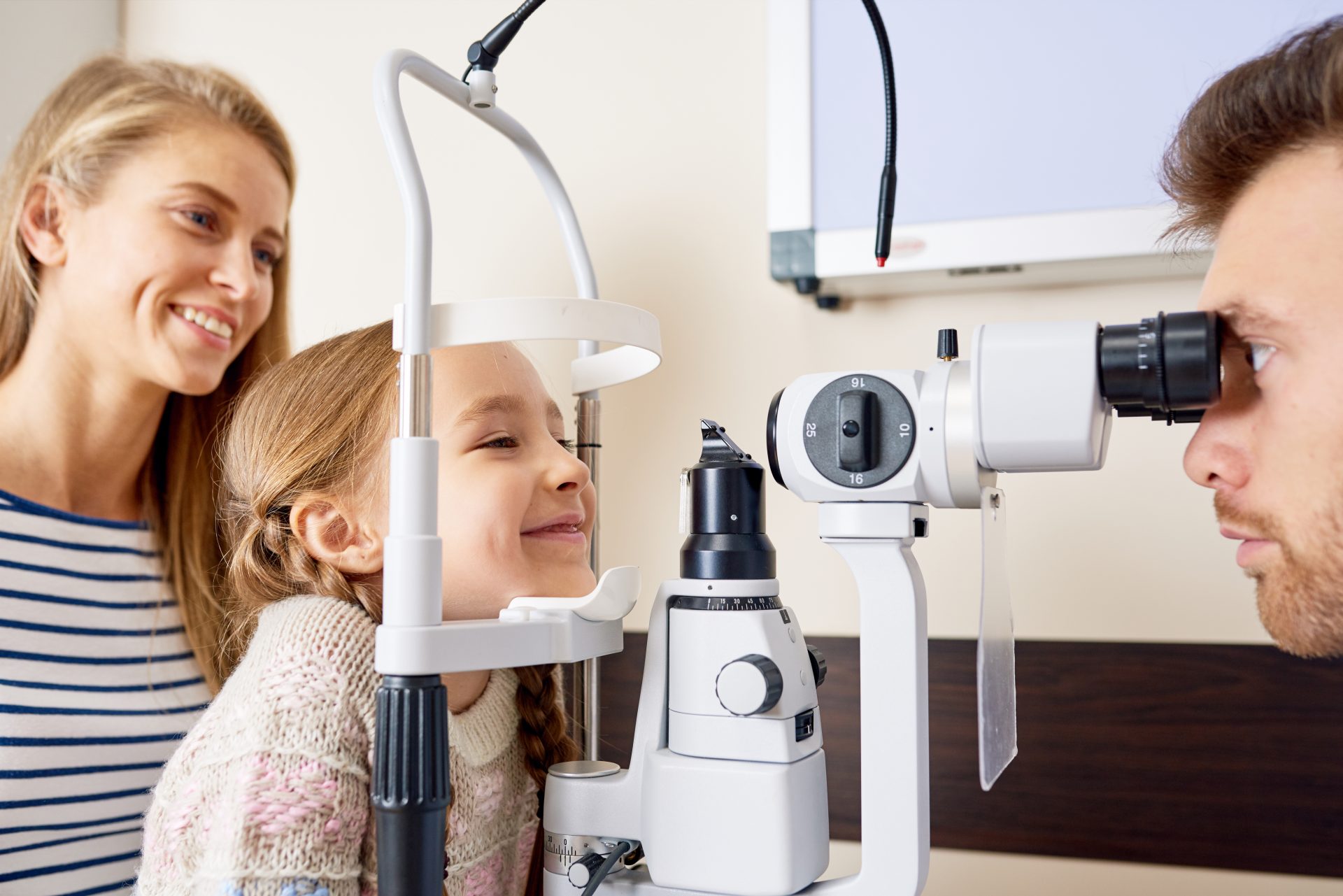
Everyone’s glued to their screens nowadays – phones, computers, iPads, laptops. But none more than our children who are being brought up in the digital age, revealed Optometry Australia in their latest ‘dry eyes in kids’ media release.
One down side of all this digital time is that increasingly, children are suffering from dry eyes related to ‘digital eye strain’ from the hours they spend staring at screens.
Symptoms of dry eye
Symptoms of dry eye include:
- a gritty feeling in the eye
- crusting on eyelids
- feeling like there’s something in your eye
- redness
- blurry vision and,
- light sensitivity.
Increased prevalence of digital eye strain and dry eyes in kids in Australia
Optometrist and Head of the University of Canberra’s Discipline of Optometry, Dr Nicola Anstice, is speaking up about the digital age and its impact on children’s vision at an optometry conference to alert optometrists to this trend.
“Australian children are presenting more commonly to optometrists with a range of visual problems related to screen use,” she said. “Evidence from studies indicates dry eye and digital eye strain is an issue in kids today and prevalence of dry eye in children is higher than ever. Dry eye is generally seen as an adult condition but practitioners should be looking for and treating digital eye strain in children and teaching them blink training to help combat digitally related dry eye problems. When looking at digital screens on phones, computers, iPads etc, we often don’t do a full blink and are more likely to do a partial blink than if reading hard copy material, resulting in reduced ocular surface lubrication.”
The type of screens used, viewing distances, how many hours a day they use digital devices and whether they multi-screen all have an impact and concurrent screen use is associated with a higher incidence of digital eye strain symptoms.
80% of children report digital eye strain
“About 80 per cent of children report digital eye strain when using digital devices,” Dr Anstice said.
This can cause eye strain and symptoms such as weakness or fatigue of the eye, pain in the eye, headaches, focusing problems and dry eye.
The 20-20-20 rule
Optometry Australia’s Luke Arundel refers to the 20-20-20 rule: “It’s important to take a 20 second break from screens every 20 minutes and look at an object at least 20 feet away (six metres, or just into the distance) for around 20 seconds.” We also share some simple strategies to minimise symptoms of digital eye strain, a condition that used to be commonly known as Computer Vision Syndrome.
Studies show that 80 per cent of teenagers may experience significant eye strain including tired, dry eyes after using digital devices for more than two hours straight. Other research found that 68 per cent of pre-schoolers aged three to five regularly use computers and over half participate in regular online activity. The average time eight to 18-year-olds use digital devices is 7.5 hours per day and even pre-schoolers use electronic screens for up to 2.5 hours a day.
Book your child in for an eye test
Concerned about dry eyes in kids? Be sure to take your child to see your nearest independent optometrist if they have any of these symptoms.
Find your nearest optometrist nowLearn more about common vision problems in school children and signs and symptoms of vision problems in kids to ensure any vision problems can be detected and managed early.
This article is based on a media release by Optometry Australia; the peak professional body for optometrists, representing 8 out of every 10 Australian-based optometrists.


